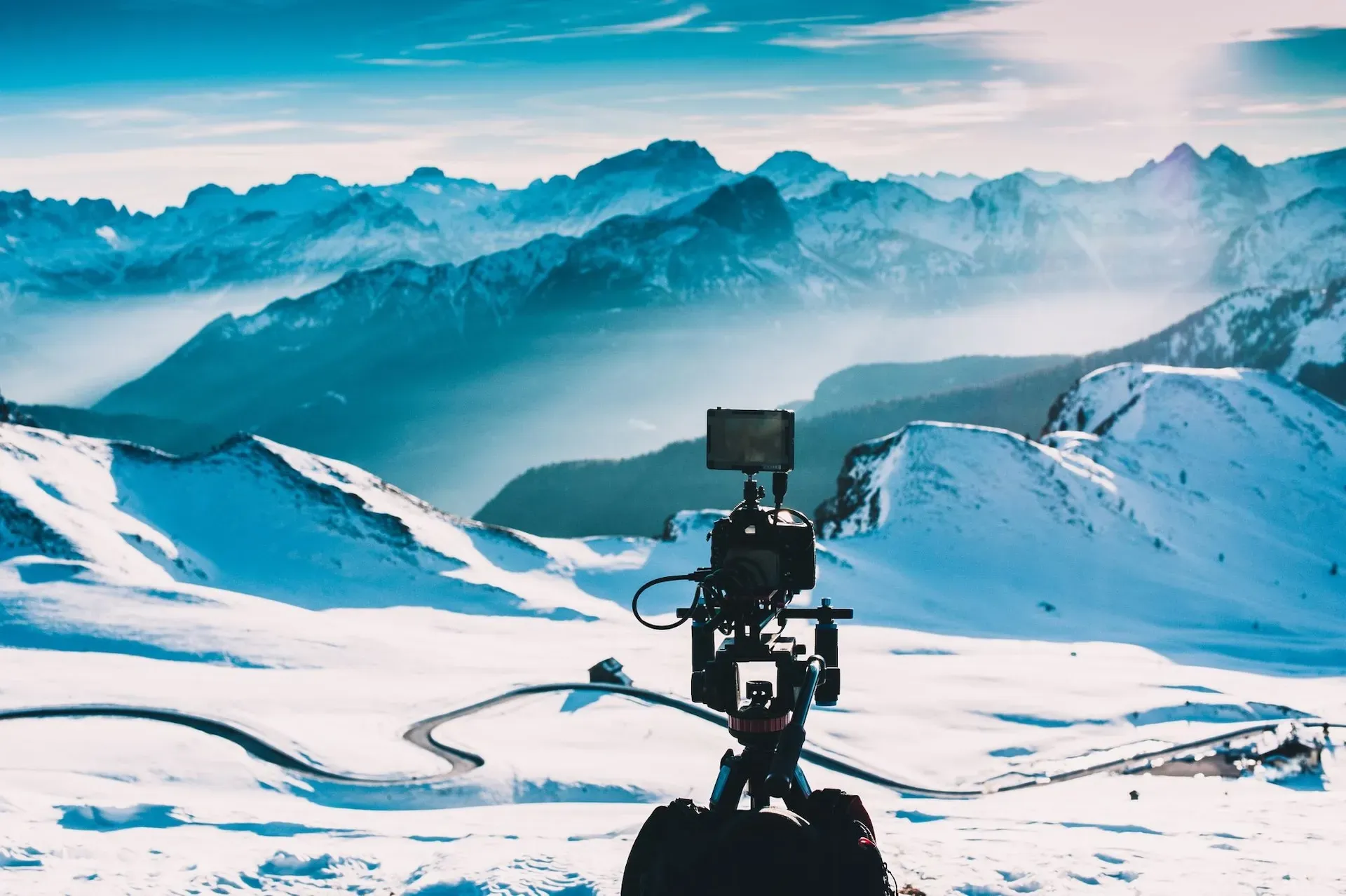Shooting for the edit: You’ll thank yourself later
If you’re shooting on-the-go, it pays to be particularly focused on that later edit whilst you’re trying to get the right shots.

If you’re shooting on-the-go, out in the field, hitting the streets and clocking up content for a later edit, it pays to be particularly focused on that later edit whilst you’re trying to get the right shots.
It’s difficult because you’re shooting in-the-moment and trying to get this particular shot perfect whilst you also need to share the focus with how this will edit and how it fits into the wider picture later down the line. You need to be creatively free and in the moment but also tough on yourself as the future editor who’s going to chop, change and cut this video. Tricky, but not impossible, here are some tips.
Take stock often
Write down a shot list and take notes during each shot. What worked, what didn’t, how you see this fitting in in the edit, the length of each shot, the corresponding file. You’ll be surprised by critiquing and making notes on-the-spot what you might change in a second go at the same set up. Likewise, if you don’t have time to edit the reel for another week or two, you’ll forget some things in-the-moment that you might have thought. When you take note of important details on the spot, you’re being organised and efficient.
Edit as-you-go
Take some time in between shots and set-ups to review the shots and files just created. Jot down the ones that are the best. If you’re brave, delete the ones that aren’t quite perfect on the spot - or if you don’t feel like sacrificing what you might need in future, mark out the ones that aren’t worth the time focusing on. That way, your later edit is structured already as you’ve earmarked the best shots. Organisation is imperative.
Factor in time
It sounds obvious, but you may be surprised how rare this is: scheduling in time during shooting to review and edit. If you’re mega prepared, factor in 15-30 minutes between shots to go over the previous set-up an edit the roll on-spot. Having that time booked in during the shooting process will seriously help later on, rather then running blind through shot after shot and then tackling all the editing at once later. Be kind to yourself, and schedule your time right.
Shoot the best first
Make it easy on yourself. If there’s a particular hero shot or clip you’re particularly excited about as being the strongest, shoot that first because it becomes the benchmark for future shots and possibly the ones you’re not so sure about yet. Also a good idea to save another of your strongest shots or rolls for the end, so that the whole project is nicely book-ended and you just need to deal with the bit in the middle, joining the dots between two shots.
Once more with feeling
Editors and directors are well-known for taking extra shots for a rainy day. A ‘just in case’ bit of footage for everyone’s safety, but this is a great practice all-round. It offers variety for the editor, but also there might might be small errors or things out of place in the original take that won’t be noticed until the edits kick off. Spending a little extra time during shooting getting another go at that imperative shot will ease anxiety if/when issues pop up in later edits.
Capture the moment
For seriously unplanned shots, like live events (red carpets, media launches, weddings, conferences) take some time to anticipate – what might happen? What shots might I get? Is there anything I can plan? Doing some pre-shooting editing is important. Anticipate what might come your way, then you won’t be thrown by issues appearing out of the blue. For media or corporate stuff, shoot b-roll after interviews, because interviews might bring up particular themes or aspects that you need to get footage of, but if you do interviews after b-roll, you might not have that opportunity.

